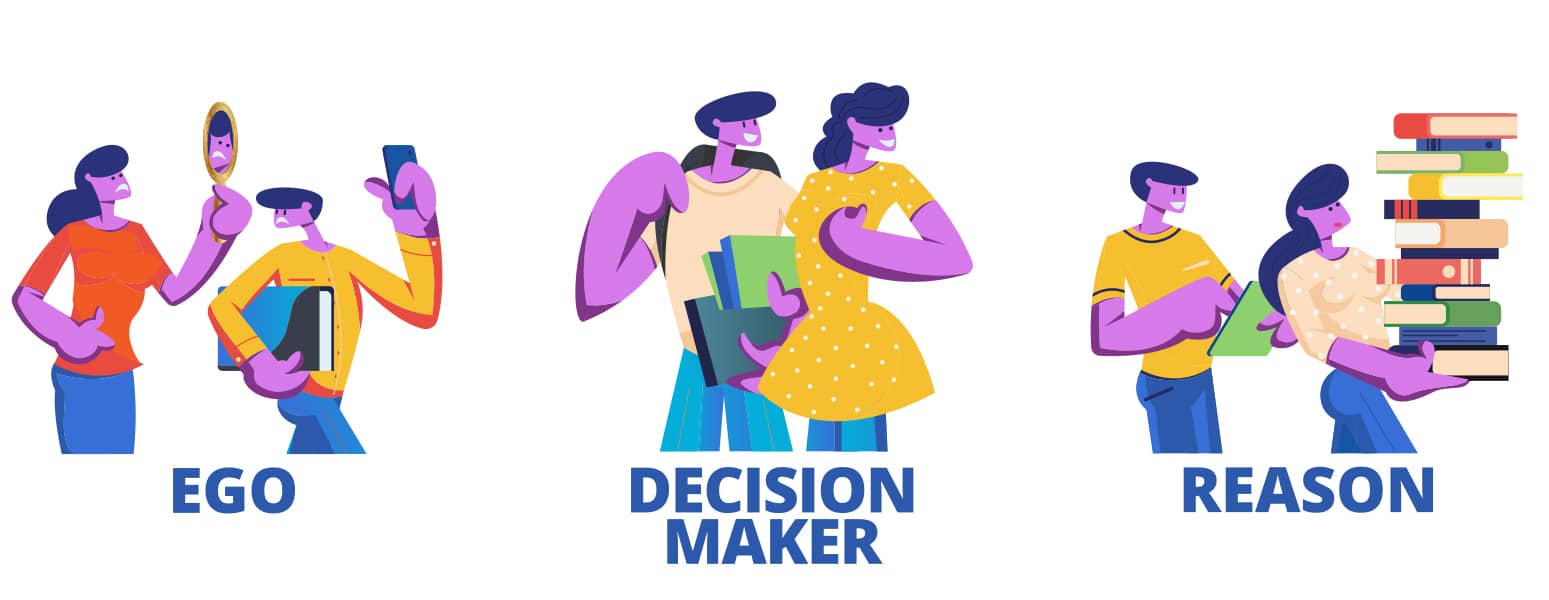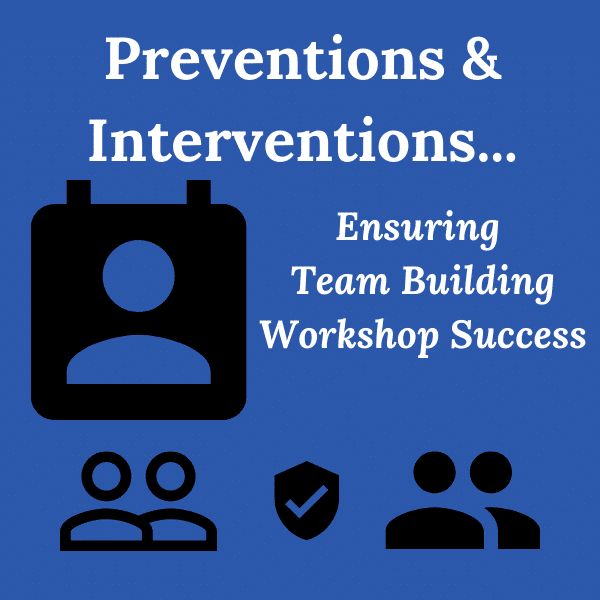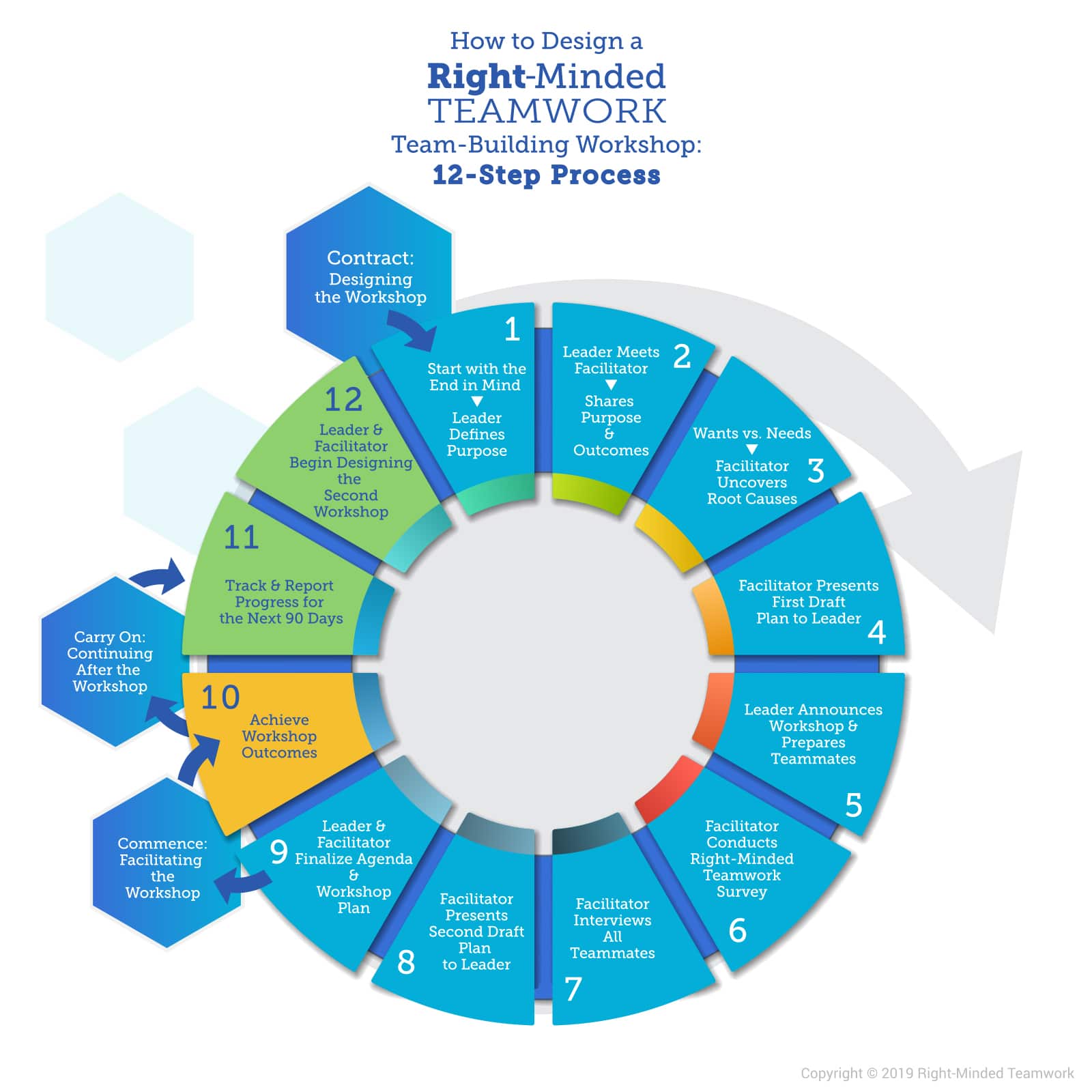Description
You always want to plan and implement preventions and interventions for every team building workshop.
This tool is for Team Leaders and Team Facilitators.
If you are not using this incredibly simple and powerful facilitation tool, start today.
Why? Because your team will increase the likelihood of workshop and teamwork success.
Preventions and Interventions Process
In the downloadable guide, you will learn more about the process, but here is how it starts.
The team leader and facilitator ask each other:
- What could go wrong in the workshop?
- How can we prevent those wrongs from happening?
- How will we intervene if those wrongs do happen?
When asking and discussing the answer to these questions, it is OK to get cynical. Why? Because this is a “what if” discussion that is private and in no way is judgmental of anyone.
Think of each teammate, one at a time, and ask, what could they do to block or disrupt this workshop? Will they disagree with a position or a teammate in the meeting?
It is also advisable to ask others how they might answer the what-could-go-wrong question.
Preventions & Interventions are included in 12 Steps How to Design a Right-Minded Team Building Workshop.
The prevention-intervention conversation, between the team leader and facilitator, often starts at Step 2. You need to finalize it in Step 9 of the 12-step how to design a team-building workshop process.
There are two types of barriers, or “wrongs” that may arise during a workshop:
- Process barriers
- People barriers
These barriers can show up as minor nuisances or significant problems, depending on the team and the barrier.
Examples of process barriers:
- An interdependent virtual team is spread out over six time zones.
- Because of shift work, not all teammates can attend the workshop.
- Too many layers of management approval slow down processing.
Examples of people barriers:
- Teammates have language or cultural differences.
- You have a teammate who is cynical about team building.
- There are toxic and ongoing unresolved conflicts between teammates.
Start Using Preventions and Interventions in Team Workshops
Download this article to learn more about how you can use preventions and interventions to improve your team building facilitation success and to create Right-Minded Teamwork in your client team.
Also Free

This book teaches two significant Right-Minded Teamwork (RMT) concepts:
- The RMT Myth, a short tale that presents the underlying teamwork philosophy, and
- The RMT team-building process.
The RMT Myth is a short, simple story. It follows three characters: ReasonReason is a mythological character and symbolic guide who shows you how to think and behave in a Right-Minded way. As your Right-Minded teacher, Reason helps you differentiate and choose between Right-Minded and wrong-minded attitudes and behaviors. More, EgoEgo is the negative, wrong-minded teacher who continually tells you how difficult the world is and how you must constantly fight to survive. More, and you, the Decision-MakerThe Right Choice Model uses the term “Decision-Maker” to describe the part of you that chooses to listen to Ego or Reason. More. The myth illustrates the Right-Minded Teamwork philosophy, sort of like an aspirational thought systemWhat you believe is your thought system. Pause and reflect on this truth, and above all, be thankful that it is true. More. The RMT process is a set of interconnected, team-building methods that together form a self-perpetuating, continuous improvement system.



Dan Hogan –
Hello fellow teammates! Dan Hogan here. I’m the co-creator of Right-Minded Teamwork.
If you desire to be an effective Right-Minded Teamwork facilitator, then learn and apply “preventions & interventions” and you will achieve your Right-Minded Teamwork facilitation goals.